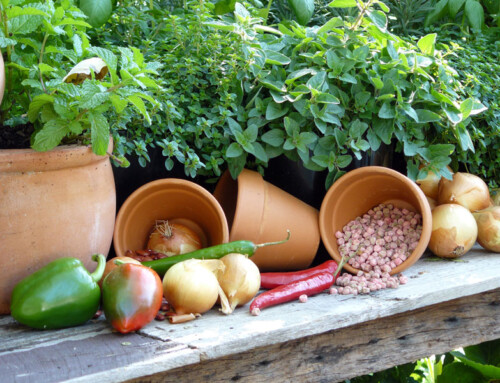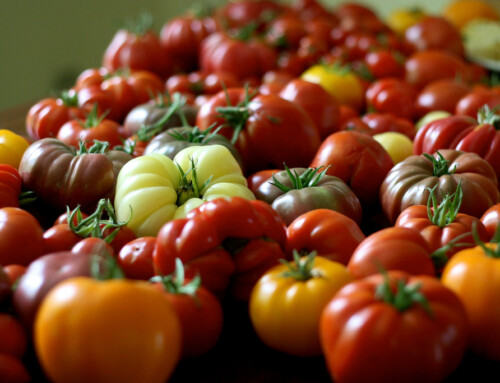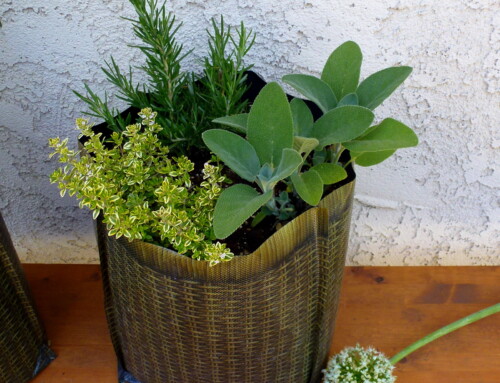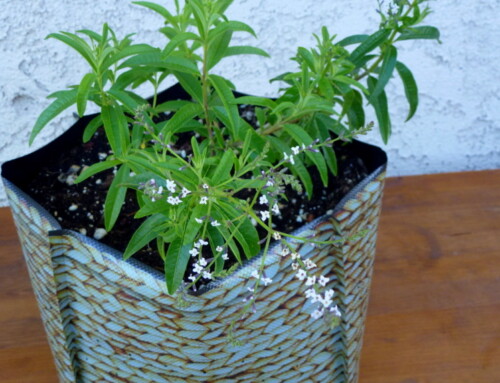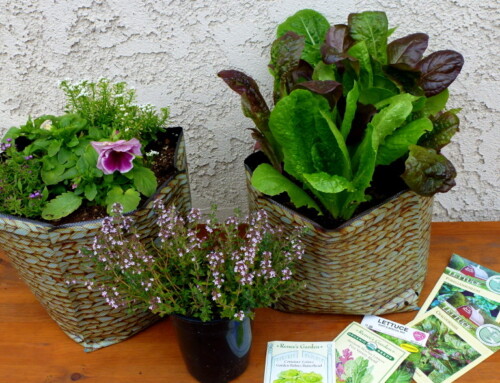This year (and every year) an unknown number of gardeners will have their seedlings cut off at the knees by the dreaded damping off disease. Although it certainly doesn’t happen to me every year, when it does show up — the surprise assault always leaves my mouth hanging open.
What Damping Off Disease Looks Like
Here’s the scenario. Your seedlings usually have one or two pairs of normal leaves and things look like their cruising along just fine; leaving you unwittingly dreaming of lush summer gardens.
Damping off disease is a ninja. But there’s no mistaking that he’s been there. One day you’ll walk back into the room/greenhouse/garage to check on your little darlings, only to find them lying flat on top of the soil! The stems are completely collapsed at the soil line. Probably the most devastating thing is that it isn’t just one or two of them — no, it’s the entire tray of baby plants.
Panic sets in…What have you done? Where did you go wrong? If it makes you feel any better (and it won’t), you probably didn’t do anything to them. Damping off in seedlings is caused by any number of soil fungi and we probably will never know the identity of the killer specifically.
I’ve since discovered that screaming “Not fair!” at the heavens doesn’t seem to help, but preventative measures usually do.
Preventative Measures Against Damping Off Disease
- The most common way to invite damping off in seedlings is over-watering. The goal is to make the seed-starting medium damp, but not soaked. A regular watering schedule will also help.
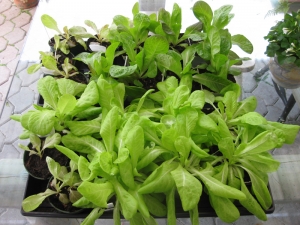
- Make sure that the containers you use for seed-starting have adequate drainage.
- Pots and containers used to start seeds should be sterilized before adding soil and seeds. Baby plants need a clean bed.
- Most gardeners will agree that they prefer to only use a sterilized seed-starting medium or potting soil. Current studies are suggesting that this may not actually help the situation. So, while I do purchase sterilized soil for seed starting, I don’t take it to the point of baking it in the oven myself.
- Sphagnum moss has natural fungicidal properties and should be blended to the soil mix.
- No matter where you start your seeds, it should be in a place with adequate ventilation to allow good air circulation flow around the plants. Feel free to add a gentle house fan in there, too.
- Seeds that are started in one communal flat (as opposed to planted into individual cells) need to be thinned out as they grow into seedlings to prevent over-crowding.
Garlic and Water Spritzer for Seedlings
Garlic has been used for centuries as holistic medicine, as well as a fungicide. One old world remedy that seasoned gardeners swear by is adding a crushed clove of garlic to one quart of water. The solution is blended together and the garlic is strained out. Added to a spray bottle and you now have a garlic and water spritzer. Misting the seedlings lightly once a week should help keep damping off disease at bay.
For gardeners who will deal with damping off disease in their seedlings, a message of hope: it’s too late for the flattened seedling group, but if you notice that half of the tray (or the tray sitting next to it) seems unaffected — take immediate action.
By “action” I mean discard the dead plants (and soil) and place the remaining seedlings in an area with great air circulation to help dry them out; make sure that their containers drain well; then back off the water. Mist them every now and again with the garlic and water spritzer.
Good luck with all your seedlings this growing season!
Learn More about Damping Off Disease from University of California Agriculture and Natural Resources.



